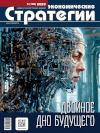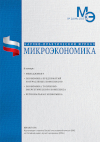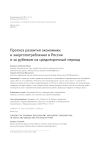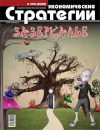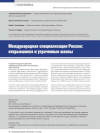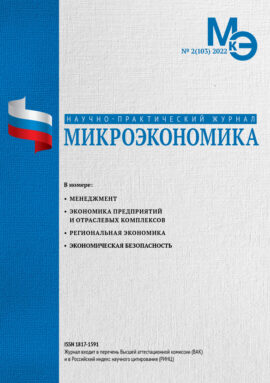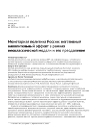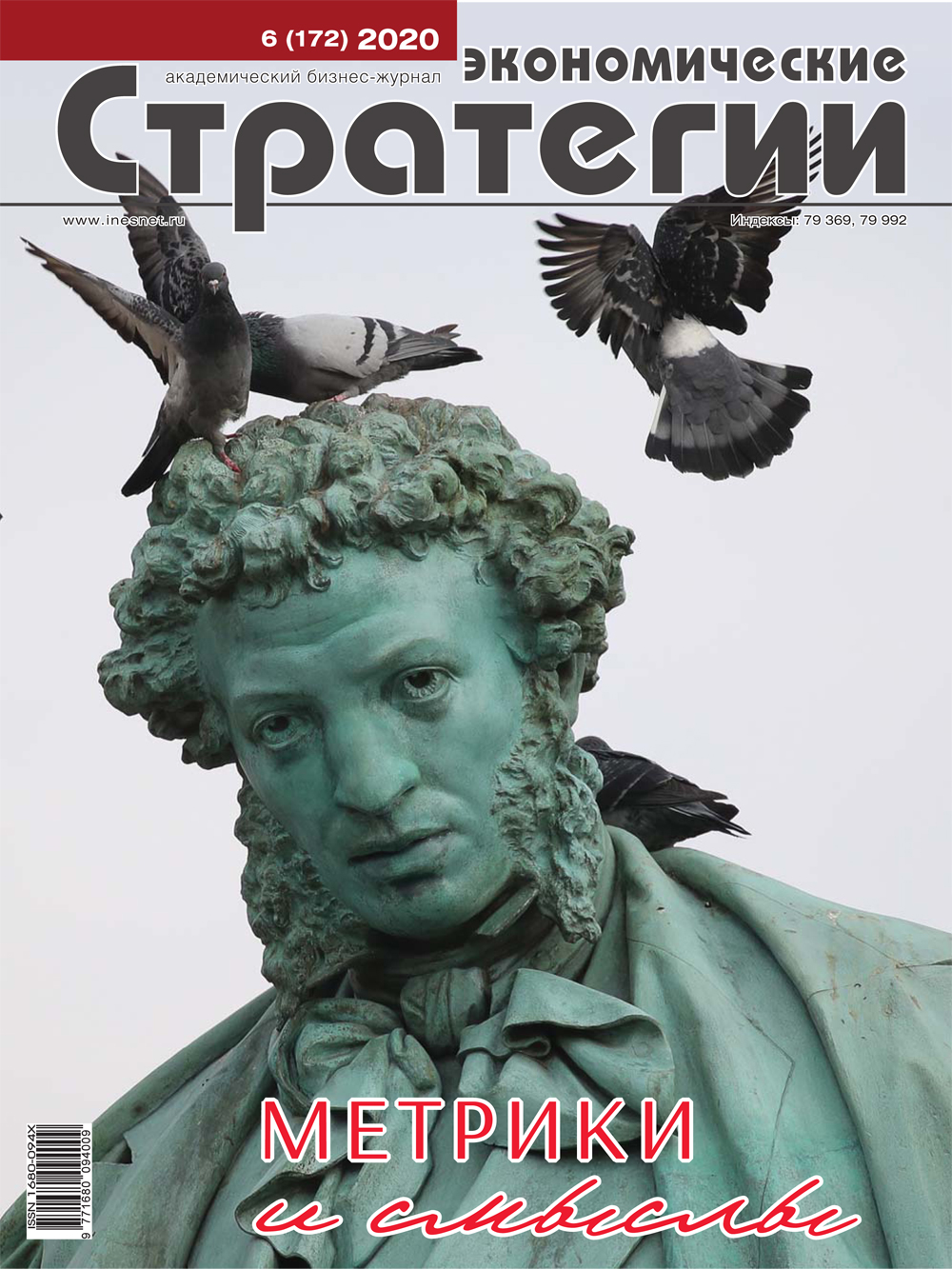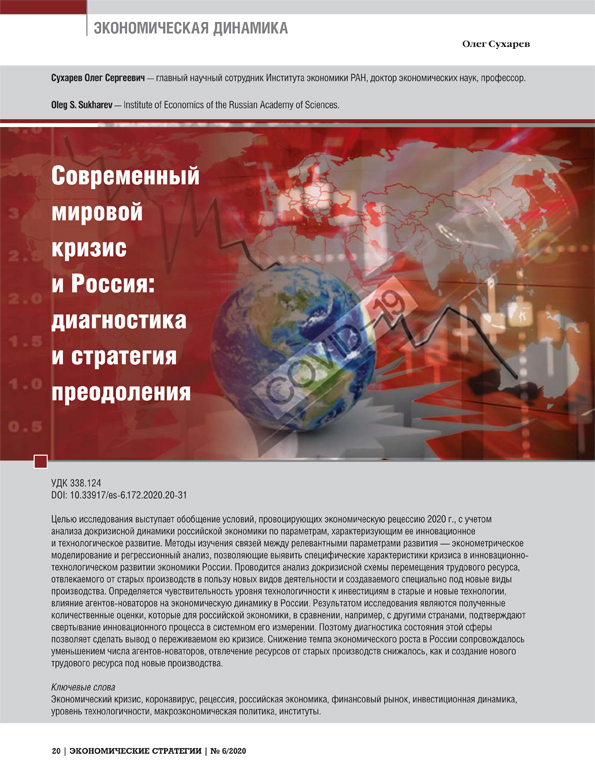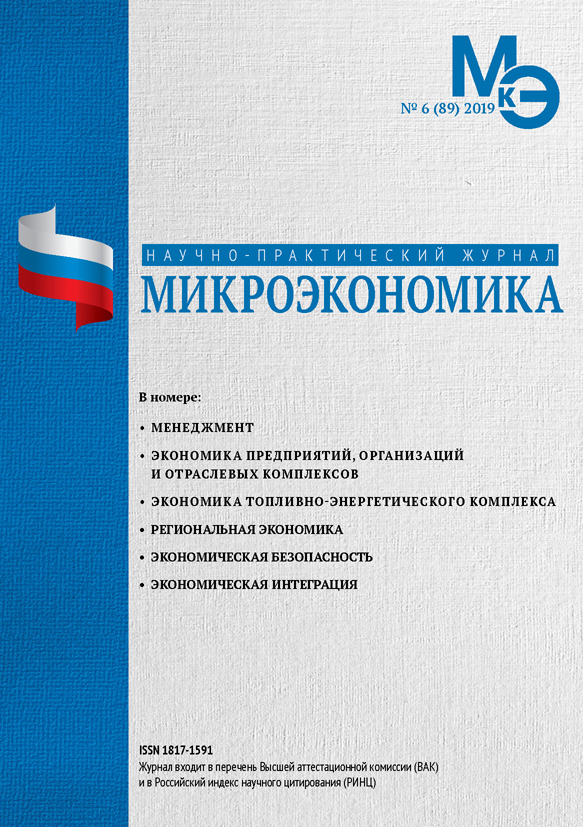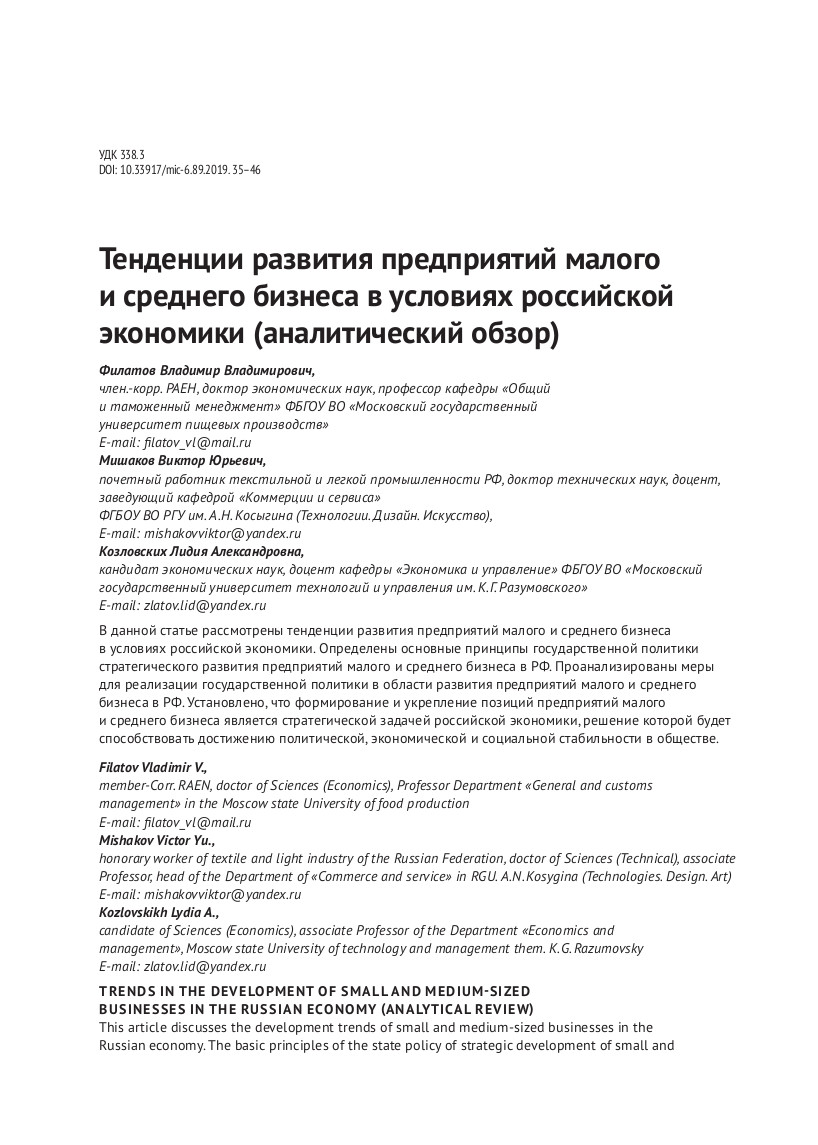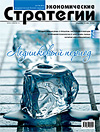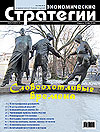Russia under Collective Western Sanctions: Crisis Trends
DOI: 10.33917/es-6.192.2023.40-45
The reasons for Russia’s unique success in relieving the sanctions shocks of 2022 and signs of its plunge into prolonged sanctions stress from 2023 are described. It is shown that Russia has exhausted the advantages of a “big country” in increasing macro-financial stability, and its model of recovery growth creates imbalances that aggravate sanctions deformations.
References:
1. Hufbauer G.C., Schott J.J., Elliott K.A. Economic sanctions reconsidered. Washington, DC, Peterson Institute for International Economics, 2009.
2. Morgan T.C., Syropoulos C., Yotov Y.V. Economic sanctions: Evolution, consequences, and challenges. Journal of Economic Perspectives, 2023. Vol. 37. No. 1. P. 3–29.
3. Mulder N. The economic weapon: The rise of sanctions as a tool of modern war. New Haven, Yale University Press, 2022.
4. Felbermayr G., Morgan T.C., Syropoulos C., Yotov Y.V. Understanding economic sanctions: Interdisciplinary perspectives on theory and evidence. European Economic Review, 2021, vol. 135, no 1, p. 103720.
5. Chowdhry S., Hinz J., Kamin K., Wanner J. Brothers in arms: The value of coalitions in sanctions regimes. Kiel Working Papers, 2022, no 2234.
6. Russia Sanctions Dashboard. Castellum.AI, available at: https://www.castellum.ai/russia-sanctions-dashboard
7. Smorodinskaya N.V., Katukov D.D. Rossiya v usloviyakh sanktsii: predely adaptatsii [Russia under Sanctions: Limits of Adaptation]. Vestnik Instituta ekonomiki RAN, 2022, no 6, pp. 52–67.
8. Sal’nikov V.A., Galimov D.I., Gnidchenko A.A. O promezhutochnykh itogakh razvitiya promyshlennosti s nachala 2022 g.: proizvodstvo i investitsii [On the Interim Results of Industrial Development since the Beginning of 2022: Production and Investment]. Trinadtsat’ tezisov ob ekonomike, 2023, no 3.
9. Bank Rossii. O chem govoryat trendy [Bank of Russia. What are the trends saying?]. Byulleten’ Departamenta issledovanii i prognozirovaniya, 2023, no 5.
10. Russia Hikes Interest Rates Despite World’s Biggest Currency Surge. Bloomberg, available at: https://www.bloomberg.com/news/articles/2023-10-27/
russia-hikes-rate-sharply-despite-world-s-biggest-currency-surge
11. Gutmann J., Neuenkirch M., Neumeier F. The economic effects of international sanctions: An event study. Journal of Comparative Economics, 2023, vol. 180, pp. 1–18.


